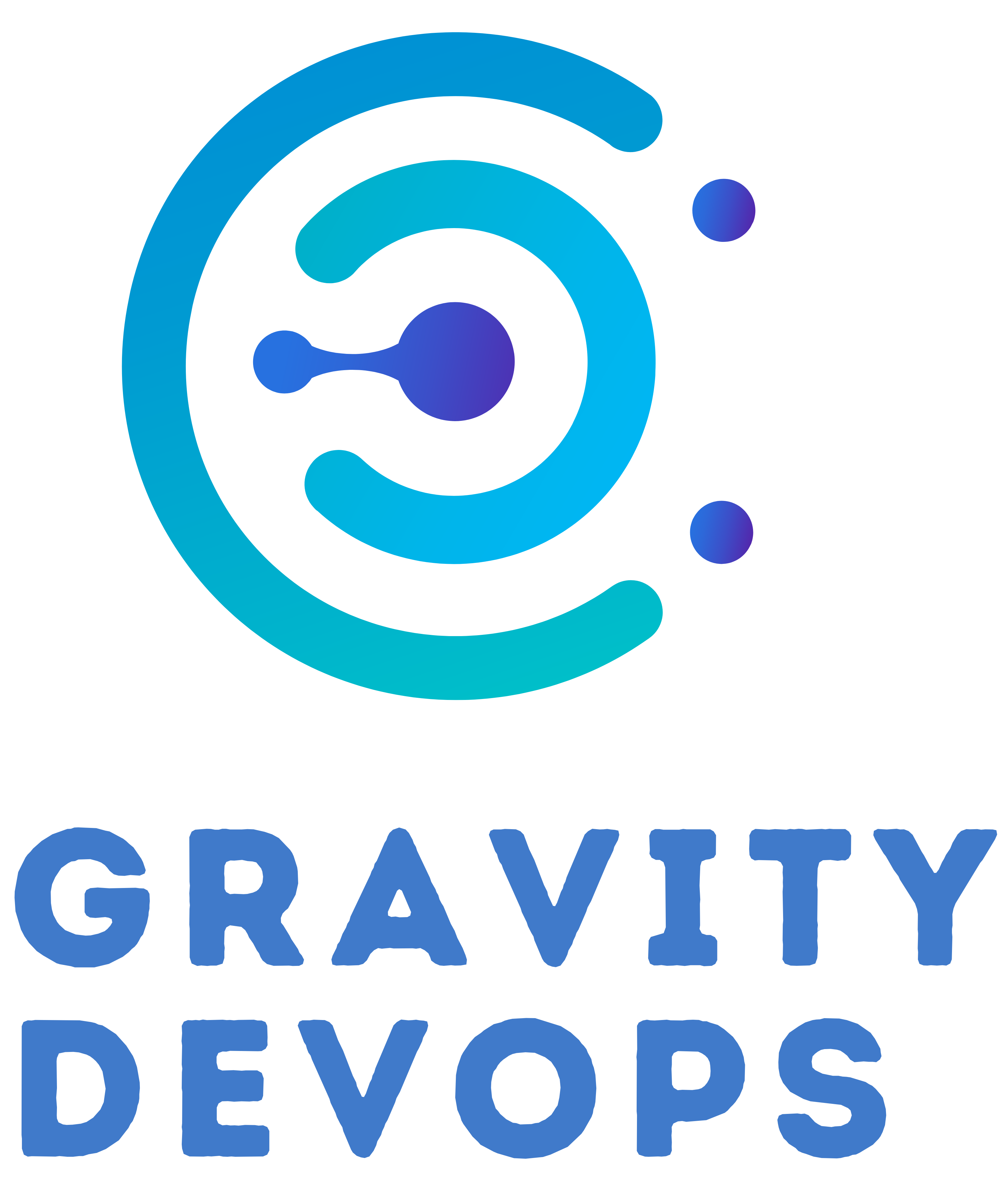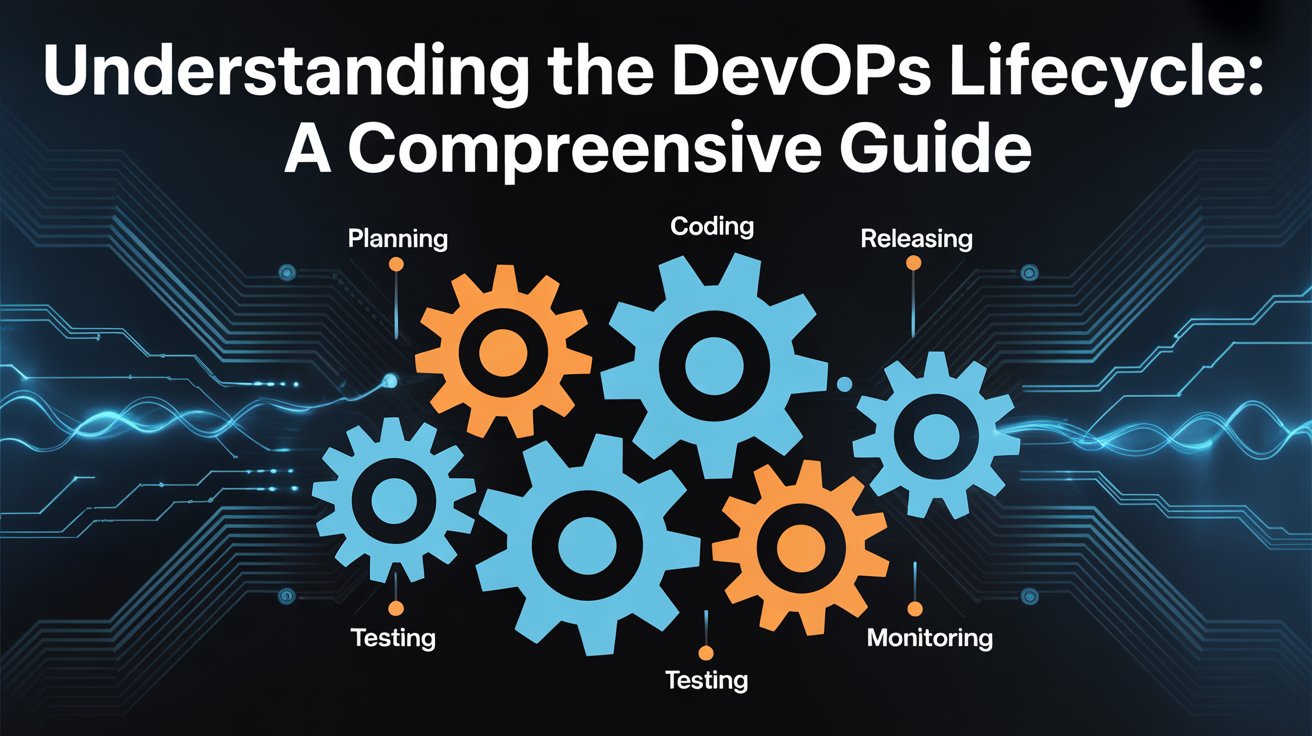In the rapidly evolving world of technology, delivering high-quality software at speed is a critical competitive advantage. DevOps, a methodology that bridges software development (Dev) and IT operations (Ops), has emerged as a cornerstone for achieving this goal. At the heart of DevOps lies the DevOps lifecycle, a continuous process that ensures seamless collaboration, automation, and delivery of software. This article explores the DevOps lifecycle, detailing its eight key phases—Plan, Code, Build, Test, Release, Deploy, Operate, and Monitor—along with the role of continuous feedback in driving improvement.
Introduction to the DevOps Lifecycle
DevOps is more than a set of tools or practices; it’s a cultural shift that fosters collaboration between development and operations teams to accelerate software delivery while maintaining reliability. The DevOps lifecycle is the structured process that enables this, often visualized as an infinity loop to represent its continuous, iterative nature. Each phase in the lifecycle is interconnected, with feedback loops that allow teams to learn, adapt, and improve constantly.
According to industry insights, over 80% of organizations are actively implementing DevOps practices, with adoption projected to reach 94% in the near future (LambdaTest). This widespread adoption underscores the importance of understanding the DevOps lifecycle for modern software development. In this guide, we’ll break down each phase, highlighting key activities, tools, and best practices to provide a comprehensive understanding of how the DevOps lifecycle operates.
Phases of the DevOps Lifecycle
The DevOps lifecycle typically comprises eight phases, each contributing to the goal of delivering high-quality software efficiently. Below, we explore each phase in detail, including its purpose, processes, and associated tools.
1. Plan
The Plan phase is the foundation of the DevOps lifecycle, where teams define project goals, gather requirements, and create a development roadmap. This phase involves collaboration with stakeholders to ensure alignment on objectives and expectations. Activities include requirement analysis, feasibility studies, risk assessment, and defining key performance indicators (KPIs) to measure success.
Agile methodologies, such as Scrum or Kanban, are often employed to break projects into manageable tasks, enabling iterative development and flexibility. Tools like JIRA for project management and Confluence for documentation facilitate transparency and communication. For example, teams use JIRA to track tasks and Confluence to store project plans, ensuring all members are aligned (Simform).
Effective planning sets the stage for a smooth development process, reducing misunderstandings and ensuring resources are allocated efficiently.
2. Code
In the Code phase, developers write the source code based on the requirements established during planning. This phase emphasizes collaboration and version control to manage code changes effectively. Version control systems like Git allow multiple developers to work on the same codebase, using branching and merging to support parallel development.
Best practices include writing clean, modular code, adhering to coding standards, and conducting code reviews to maintain quality. Automated tools can enforce these standards and detect issues early. In the DevOps lifecycle, coding is designed to support automation and scalability, often incorporating design patterns that facilitate testing and deployment.
For instance, companies like Nordstrom have used Git-based workflows to reduce bugs and increase release frequency, demonstrating the impact of effective coding practices (Simform).
3. Build
The Build phase transforms source code into executable artifacts, such as binaries or packages, ready for testing and deployment. Automation is critical here, with tools like Maven, Gradle, and Ant managing dependencies and compiling code. Continuous Integration (CI) is a key practice, where code changes are frequently integrated into a shared repository, triggering automated builds to detect issues early.
CI tools like Jenkins, Travis CI, and CircleCI streamline the build process, ensuring the software remains in a deployable state. By automating builds, teams reduce human error and accelerate the DevOps lifecycle, enabling faster progression to testing and deployment (Edureka).
4. Test
Testing ensures that the software meets quality standards and functions as intended. In the DevOps lifecycle, testing is continuous and automated, covering unit, integration, system, and user acceptance testing. Tools like Selenium, JUnit, and TestNG enable automated testing, providing rapid feedback on code changes.
The practice of “shifting left” involves starting testing early, even during coding, to identify and fix bugs sooner. Test-driven development (TDD), where tests are written before code, further enhances quality. Automated testing within CI/CD pipelines ensures high reliability, as seen in organizations like DocuSign, which improved delivery through robust testing practices (Simform).
5. Release
The Release phase prepares software for deployment by managing versioning, packaging, and configurations. Automation ensures consistency, with CI/CD pipelines handling tasks like tagging releases and generating release notes. Tools like Jenkins and GitLab CI are commonly used to streamline this process.
Environment management is crucial to ensure consistency across development, staging, and production environments. Configuration management tools maintain parity, and approval workflows may be implemented for compliance. The Release phase in the DevOps lifecycle bridges development and deployment, enabling rapid and reliable software delivery (ManageEngine).
6. Deploy
Deployment delivers software to production environments, making it available to users. In the DevOps lifecycle, deployment is automated to minimize downtime and errors. Configuration management tools like Ansible, Puppet, and Chef ensure consistent deployments, while Terraform supports infrastructure provisioning.
Containerization with Docker and orchestration with Kubernetes enable scalable, manageable deployments. Continuous Deployment automatically deploys changes that pass tests, while Continuous Delivery keeps software deployable for manual deployment. Both approaches aim for frequent, low-risk deployments, as exemplified by Adobe’s use of automated deployment tools for faster delivery (Simform).
7. Operate
The Operate phase involves managing software in production, ensuring availability, performance, and reliability. Operations teams collaborate with developers to handle incidents and provide feedback for improvements. Tools like Nagios, Prometheus, and Grafana monitor system health, while ELK Stack (Elasticsearch, Logstash, Kibana) analyzes logs for troubleshooting.
Incident management processes, supported by automated alerts, enable rapid response to issues. Infrastructure as Code (IaC) practices, using tools like Terraform, simplify infrastructure management. The Operate phase ensures that software performs well in production, supporting the continuous nature of the DevOps lifecycle (GeeksforGeeks).
8. Monitor
Monitoring collects and analyzes data from production environments to gain insights into performance, usage, and issues. This phase is essential for identifying bottlenecks, optimizing performance, and planning enhancements. Monitoring tools track metrics like response times, error rates, and resource utilization, with alerts for anomalies.
Tools like New Relic, Datadog, and Splunk provide comprehensive monitoring solutions, offering dashboards and reports for analysis. Monitoring data feeds back into the Plan phase, informing future development. For example, Netflix uses monitoring tools like Chaos Monkey to maintain performance under failure conditions, showcasing the power of proactive monitoring in the DevOps lifecycle (Simform).
Continuous Feedback
Continuous Feedback is integral to the DevOps lifecycle, enabling teams to learn from users and stakeholders. Feedback is gathered through surveys, social media, customer support, and usage analytics. Tools like Pendo and Qentelli’s TED facilitate in-app feedback collection, shortening feedback loops.
This agility allows teams to respond quickly to user needs, as seen in Tangerine Bank’s improved mobile experience through user feedback (Simform). By closing the loop between development, operations, and users, Continuous Feedback fosters a culture of continuous improvement.
Benefits of the DevOps Lifecycle
The DevOps lifecycle offers numerous benefits, including:
- Faster Delivery: Automation and CI/CD pipelines reduce time-to-market.
- Improved Quality: Continuous testing and monitoring enhance software reliability.
- Enhanced Collaboration: Breaking down silos fosters teamwork and communication.
- Greater Agility: Feedback loops enable rapid adaptation to changing needs.
Future Trends in DevOps
As technology evolves, the DevOps lifecycle will continue to adapt. Emerging trends include the integration of AI for predictive analytics, increased adoption of DevSecOps for security, and the rise of serverless architectures. Staying updated with these advancements will be crucial for organizations leveraging DevOps.
Conclusion
The DevOps lifecycle is a transformative framework that enables organizations to deliver software faster, more reliably, and with higher quality. By integrating development and operations through eight interconnected phases—Plan, Code, Build, Test, Release, Deploy, Operate, and Monitor—DevOps ensures a continuous flow of improvements. Continuous Feedback further enhances this process, aligning software with user needs.
As businesses strive to meet modern demands, understanding and implementing the DevOps lifecycle will remain essential. By embracing automation, collaboration, and continuous improvement, organizations can unlock the full potential of DevOps, driving innovation and success in the digital age.
| Phase | Key Activities | Tools |
|---|---|---|
| Plan | Requirement gathering, project planning | JIRA, Confluence |
| Code | Writing code, version control | Git, SVN |
| Build | Compiling code, creating artifacts | Maven, Gradle, Jenkins |
| Test | Automated testing, quality assurance | Selenium, JUnit, TestNG |
| Release | Versioning, packaging, environment management | Jenkins, GitLab CI |
| Deploy | Automated deployment, configuration management | Ansible, Puppet, Docker |
| Operate | Incident management, system maintenance | Nagios, Prometheus, ELK Stack |
| Monitor | Performance tracking, analytics | New Relic, Datadog, Splunk |



